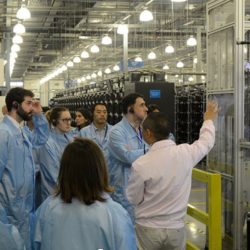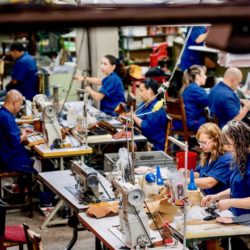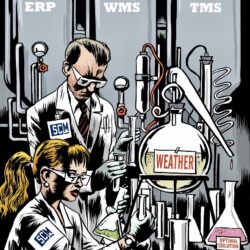Dell introduces supply chain virtual reality customer tours

Stimulated by the ongoing rise in the number and range of the customer requests it was receiving, especially about the manufacturing of its products, Dell Technologies decided to improve its transparency as part of demonstrating leadership. The latest step in this development is the release of a series of virtual reality (VR) tours providing insights into a supplier factory, living conditions for factory employees and an engagement session between customers and members of the facility team.
Dell first pioneered tours of supplier factories to enable customers to see operating areas, canteens, dormitories and leisure areas first-hand, as well as meet the people who work there, in 2015. This initiative generated very positive feedback from participants, and so the company was keen to open up this experience to a wider audience. Therefore, Dell undertook filming during a 2017 supply chain tour at one of its suppliers’ facilities in Chengdu, China. The result is a series of immersive VR tours accessible to anyone worldwide, sharing three views:
- Look around a supplier factory
- See the living conditions for people working at the facility
- Observe an engagement session featuring customers and members of the facility team
Although the films cannot fully replicate the on-site experience, they provide authentic insights for people who are unable to visit, and offer a foundation for dialogue on key topics such as staff wellbeing and social and environmental responsibility. This latest initiative supports Dell’s long-standing efforts to improve transparency as a path towards driving a better product (through increased insight), strengthening relationships, and enhancing the ability to improve standards in the supply chain, especially for employees who make a critical contribution to ensuring the products meet customers’ ever-higher expectations.
In 2013, the firm defined 100% transparency as a supply chain guiding principle in its 2020 Legacy of Good. It also publishes a twice-yearly Supply Chain Sustainability Progress report, which consolidates information and data on areas of most interest to its customers and stakeholders, such as monitoring working hours, uplevelling health and safety, and environmental risk mitigation at supplier factories.










